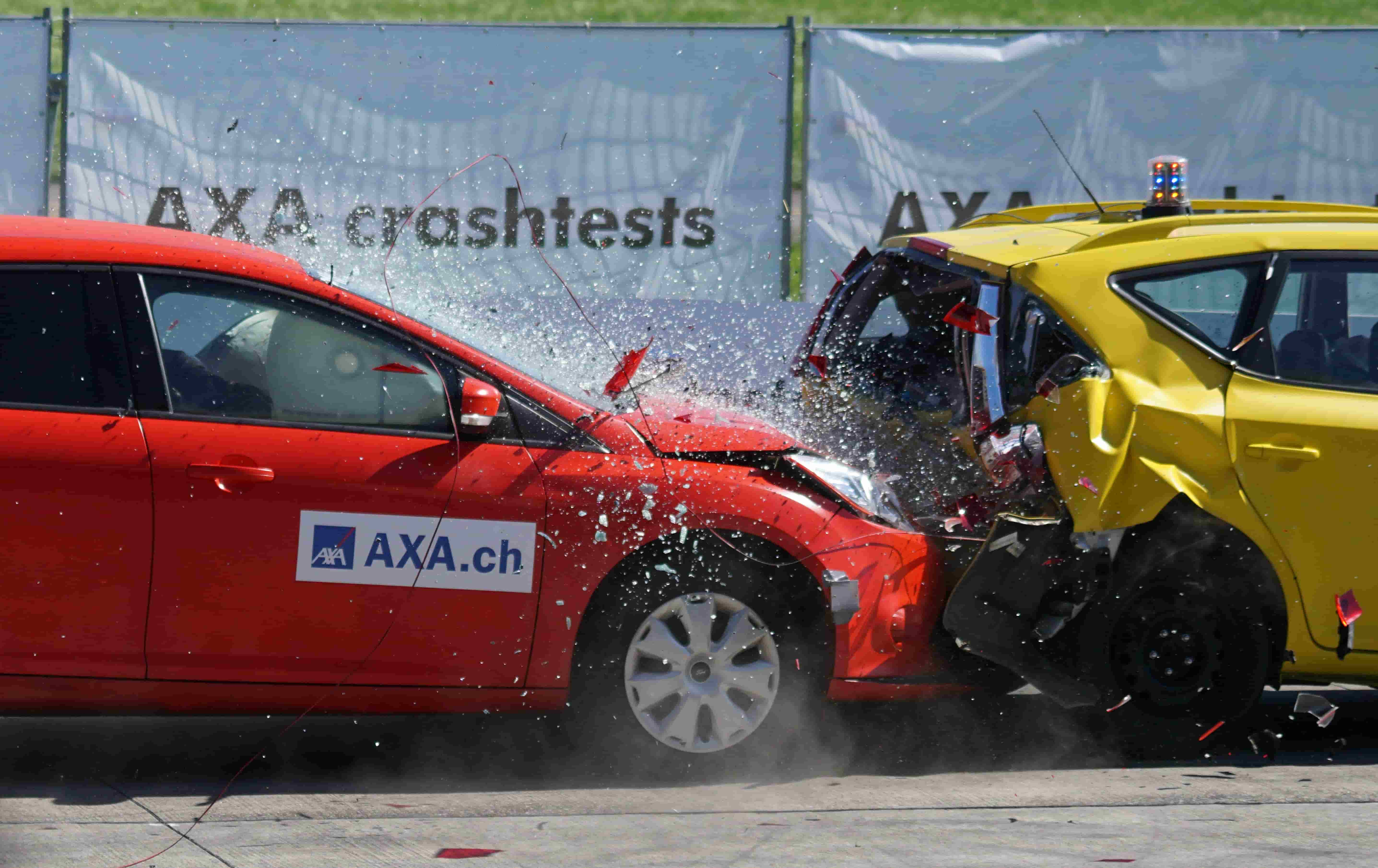iPhone’s new dazzling design catches all eyes but did you know what’s behind this extol that makes iPhone a groundbreaking thing?
It’s Apple’s ability to devise pioneer engineering solutions. Like the first ever usage of a crash recognition system in its iPhone 14.
We dive deep into how Apple incorporates emergency assistance in its supreme stainless cutout, and found a series of sensors combined with an AI algorithm, working together to enable emergency assistance.
How an iPhone models a severe crash?
A car crash could be typified with some basic physics.
Pertinent to the car’s state, four flags signal an accident.
- The cabin pressure inside a car will change due to deflation from airbag
- The car would encounter a sudden speed shift
- A heavy crash noise is always produced
- The car may encounter an unusual orientation change
iPhone 14 effectively measures the above crash characteristics with four sensors that it carries within its 6 inches body. Moreover, the sensor output is augmented with an AI prediction that measures and classifies the car’s motion against real-world crash data.
Once a severe crash is detected, an emergency ‘Save Our Ship’ (SOS) is placed within 10s.
Reaching out for the nearest rescue center the iPhone 14 pro places an emergency SOS call within 10s of no action from the user. A bot recording continuously plays on call conveying the occurrence of an emergency at the GPS location. Between each interval a 5s silence turns on the mic to let the user speak on the call.
Besides the emergency SOS, iPhone 14 pro could be configured to add emergency contact as well as a medical ID.
Technology behind iPhone’s crash detection
First, you must know that all iPhones come with four micro sensors. These are the electromagnetic gyroscope, an accelerometer, barometer, and ofcourse a microphone.
Combining input from all these sensors, and later embedding a prediction from a pre-trained accident detection algorithm, Apple demonstrated an accurate crash detection.
A gyroscope detects iPhone’s movements.
A gyroscope calculates angular acceleration of any body it’s fixated on.
This way a gyroscope is able to detect the direction of movement.
Apple has the privilege of demonstrating first ever usage of gyrometer in a phone. This came with the debut of iPhone 4 back in June 2010 when it could detect movement of your phone in six directions.
At that time, iPhone enabled gyroscope use in games, camera functionality, and VR. Now for the first time, a unique use of gyroscope comes in crash detection.
A MEMS gyroscope in iPhone 14 measures car’s rotation which is triggered as a result of a crash. The motion of car crashing may appear like a tilt, or overturn.
The accelerometer takes readings of the acceleration.
Unlike a gyroscope, an accelerometer calculates linear acceleration. Commonly, an accelerometer enables screen rotation within a cell phone by estimating the direction of motion.
In crash detection, an accelerometer measures the speed with which the iPhone is moving.
Combining this data with the gyrometer readings, the iPhone creates a rich feature that tells about the state of motion of its user.
Barometer measures the pressure change from airbag deflation.
Barometer is the sensor that feels the air pressure around an iPhone.
Though the pressure inside a car, under normal conditions won’t vary significantly, however, as the crash happens, an airbag inflates and deflates instantly, causing a difference in the air pressure.
It’s this change in pressure inside the car cabin that the iPhone picks up to characterize a car crash.
Microphone turns on automatically.
The microphone is the last element in the lineup of crash detection sensors.
The iPhone turns on the mic (with user consent in the privacy settings) in a passenger vehicle. This is sensed through bluetooth connectivity, CarPlay, and speed readings from the accelerometer.
The microphone continuously looks for a sharp noise that resembles that of an accident and reports this to the crash detection system.
Finally, Apple develops new Advance Motion Algorithms
Now how is it possible that AI didn’t enter the scene?
In a world where a vehicle can encounter unlimited crash scenarios, Apple wades through one million hours of real-world driving and crash footage to estimate motion behaviors in accidents. This data is used for training the machine learning algorithm to learn which motions characterize a severe crash and which identify a non-crash scenario. Apple tested its motion algorithms in the laboratory over crash scenarios such as head-on, front-impact, rear impact, side impact, and rollover.
iPhone 14 augments ML output with the earlier sensory readings to reach an accurate recognition outcome.
Concluding here, that’s how iPhone 14 pro uses crash detection to save you!
Craft your dream AI project and stand out in a competitive landscape. Dice Analytics helps individuals from any professional background develop their AI career.
For more information visit our services page.
Straight from the horse’s mouth!
Watch Apple talk about its crash detection feat.




